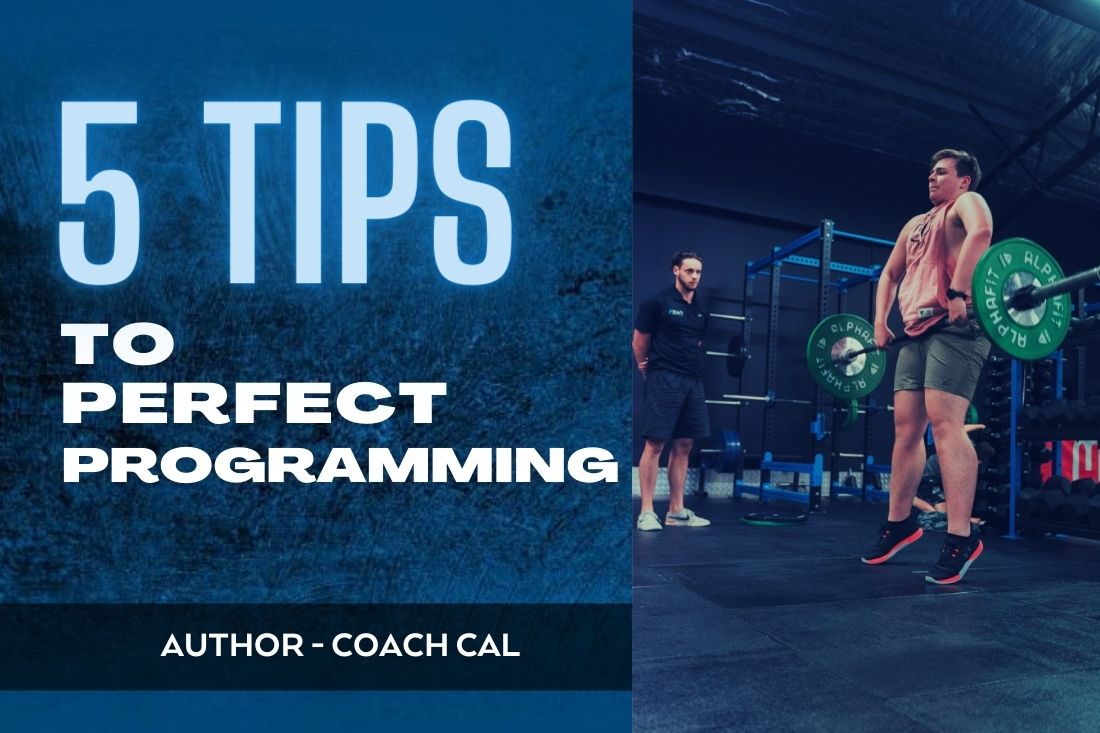Manipulating programming for short to long term adaptations is both ‘science’ and ‘art’. Before we decide the acute program variables we MUST complete a needs analysis that gives both the coach and athlete the best chance to achieve optimal results. The needs analysis needs to cover areas of the individuals training age, movement competency, sport (timing of season……..as this will determine HEAVILY how long you have in specific periods i.e GPP, SPP, Competition, Transition. These phases also determine volume/intensity, tying into our velocity curve and movement skills/technique) and goals. Then we can determine the physiological adaptations we will program for i.e hypertrophy, strength, power, aerobic endurance, muscular endurance and anaerobic capacity.


-
Exercise selection
This is where the needs analysis is so important. Muscle Imbalances? Previous risk of injury? Movement pattern efficiency? Training age? Training goals? Gym equipment/space etc..? Velocity etc….
My favourite example is using In-season vs Off-season. Typically we work through a full range of motion in the off-season to build ‘strength through length’, decreasing the risk of injury, building more muscle tissue, etc…so we would typically implement our bi-lateral ‘Back Squats’ or variations (safety bar squats, front squat, trap bar deadlift, cambered, etc…) and our uni-lateral e.g. ‘Barbell Step Ups’ or variations (Bulgarian split squat, Front foot elevated split squat, Lunge, etc). We then compare this to our In-season, where we would see a reduced range of motion. This is to emphasize specific joint angle force production, reduce the time under tension, etc…). So we would see exercise selections such as Box Squats and High Box Step Ups, etc….these are only examples of our strength development exercise selection.
-
Order
Quality and skill come first! Jumping, throwing and sprinting requires you to be “neurologically fresh”, therefore it’s #1 on our program priority. Our ‘loaded power exercises’ would also come after i.e power cleans…..unless we may be using contrast methods in our more advanced athletes. We then take into account our more compound and demanding exercises (Squat, Deadlift, etc..) push a heavy stimulus on our body and need priority over our less demanding. The basic rule, just don’t do your curls in the mirror before your squats……oh and don’t bench before you squat.


-
Number of sets
Sets and reps are important when it comes to eliciting the desired adaptations. Working with 3×10 for “strength” development can only work for beginners as their improvements come from motor skill efficiency and motor unit recruitment. So prescribing the right sets and reps for our more advanced athletes is vital to train the right stimulus, combined with the right load. The volume could also be a big part of the progressive overload process in any specific training block. We also need to bring the ART into coaching when it comes to coaching sets and reps, session to session. Too many coaches get stuck in this ‘Linear’ progression that can burnout our athletes/members, increase risk of injury, decrease training motivation/arousal and reduce performance. We need to remember that programs are adaptable and sometimes it’s as easy as reducing working sets in a single session when an athlete isn’t recovering well to ensure they adapt.
-
Rest Between Sets
Current pet peeve…..training for power/strength under fatigue! It can’t happen people…thanks CrossFit!!! (Just kidding it’s not all their fault)
Rest periods are CRITICAL…period! Rest periods become even more important as an individual’s training age/strength levels increase. I love rest period manipulations as a coach. Guidelines are critical i.e 30-60s rest muscular endurance, 60-90 seconds rest sarcoplasmic hypertrophy, 90-3min rest myofibrillar hypertrophy, 4+min strength/power. Over years of coaching, I’ve spent most of my time specialising in strength/power development, and love to determine rest periods based on the quality of reps (using push band velocity technology and literature from Dan Baker) to produce greater total set force production. Quality before quantity!! I’m also a lover of using rest periods to manipulate the ‘Density’ of a single working set and total working sets…..over time.
When it comes to strength and power training…..random rest periods create random results!


-
Intensity of exercise
%’s of 1RM…..my question to this for when it comes to strength training is do we have a better way to determine suitable loads? Does velocity research give us a better way to determine what loads may not only be better suited for specific adaptations, but also the specific loads for a given day. Literature and first-hand experience suggest that percentage-based programming is outdated. As we know that athletes on any given day could come in VERY under recovered and your planned load may not go to plan, we need a better approach.
%’s of 1RM is a perfect guide for the beginning of a training block for those athletes advanced enough to perform a valid 3/5/8 or even 10RM attempt. A great example of the starting point for 3 sets of 3 reps:
How experienced is the athlete lifting with these heavy loads? If they have low experience lifting these heavier loads then we may start an athlete around 80% of their estimated 1RM, compared to a more experienced athlete who we may start at 85%. The duration of the training block will also have a huge emphasis on where you may start the load
Final thoughts
When it comes to acute program variables for chronic adaptations we have a HUGE arsenal at our disposal. We have guidelines. We have research. We MUST also remember that AUTO REGULATION is king. There are too many external factors for everything to fall into place perfectly, so these variables while backed by science can also be an art to implement and manipulate for optimal results
Author – Callum Maggs (Head Junior Athlete Coordinator/Coach)

